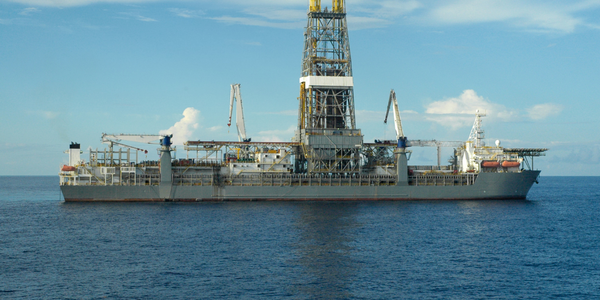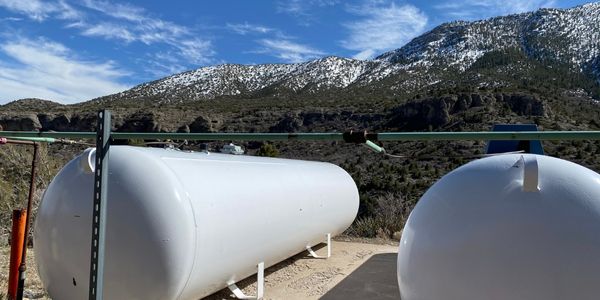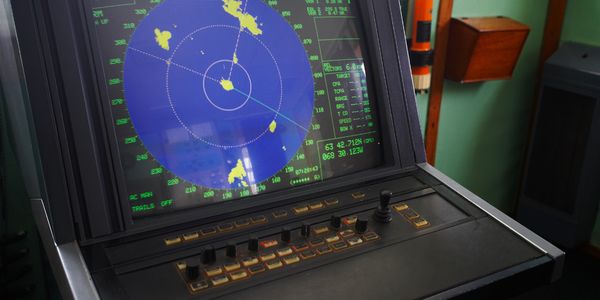Technology Category
- Analytics & Modeling - Digital Twin / Simulation
- Sensors - Liquid Detection Sensors
Applicable Industries
- Marine & Shipping
Applicable Functions
- Product Research & Development
Use Cases
- Digital Twin
- Virtual Reality
About The Customer
Navatek Ltd., founded in 1979 and based in Honolulu, is a leader in the field of marine hydrodynamics. The company specializes in researching, developing, and deploying innovative, advanced ship hull designs and associated technologies for both military and commercial use. Navatek holds multiple U.S. patents relating to its underwater lifting body hull technology and is also known for its work in Computational Fluid Dynamics (CFD) hull optimization, drag reduction, and integrated propulsion systems. The company's technology prototypes have demonstrated benefits including better sea kindliness, increased range and payload, reduced power requirements, higher seaway speeds, and reduced wake wash.
The Challenge
Navatek Ltd., a leader in researching, developing, and deploying innovative, advanced ship hull designs and associated technologies, faced a significant challenge in their testing process. The traditional method of scale model testing was proving to be time-consuming, expensive, and unreliable due to scaling effects. The complexity of the physics involved in the processes, including transient, transitionally turbulent, multiphase flow with a free surface, added to the difficulty of obtaining reliable and accurate results. This situation necessitated a more efficient, reliable, and cost-effective solution for testing their ship hull designs.
The Solution
Navatek Ltd. turned to ANSYS CFX for a solution to their testing challenges. ANSYS CFX offers reliable multiphase flow models which allow for the prediction of free surface shape, forces, and effects due to cavitation. The simulation results obtained from ANSYS CFX have been validated against towing-tank experiments and have shown excellent agreement. Additionally, CFX-Mesh allows for highly-automated, rapid creation of high-quality meshes with an inflation layer that ensures excellent near-wall resolution. This solution not only improved the reliability and accuracy of their testing process but also allowed for the rapid completion of what-if scenarios, providing valuable insight into design variations such as appendage placement.
Operational Impact
Quantitative Benefit

Case Study missing?
Start adding your own!
Register with your work email and create a new case study profile for your business.
Related Case Studies.

Case Study
Drill ship power challenge: hybrid solution solves distribution issues
Aspin Kemp & Associates (AKA), a manufacturer of electrical power and control systems headquartered in Montague, PEI, encountered one with its hybrid power initiative, the first hybrid drill floor destined for installation on ultra-deepwater drill ships operated by Transocean, Swiss offshore drilling contractors. Since on-site modification was impossible and scrap recycling of any modifications was unacceptable, the enclosures had to arrive ready-to-install.

Case Study
Ensures Tanker Safety and Emissions Compliance
Storage tanks are irregular in shape and a certain amount of mathematical modelling is required to get an accurate representation of volume and, more importantly, the weight of material in each tank. In addition, countries have different emission regulations, so the ships position needed to be accurately known in order to geotag emission data.

Case Study
Real-time Networked Sonar System for Ships
A multinational, knowledge-based corporation that delivers marine electronics solutions is utilizing industrial Ethernet technology to help ensure that operations at sea are dependable and optimal. Based in Europe, the company has nearly 4000 employees working in 20 countries around the world, and produces high-tech systems for offshore oil and gas operations, merchant marine systems, and various applications for the defense and aerospace industries. The company produces products and systems used by merchant vessels and offshore installations for positioning, navigation, automation, as well as for surveying and monitoring the seabed, and for fishing vessels and fi sheries research. As one of the major suppliers of high quality marine electronics in the world, their products include chart plotters for yachts, triple redundant dynamic positioning systems for oil drilling rigs, and sonar and instrument systems for scientifi c research vessels. Products used for marine applications must be rugged enough to endure the corrosive effects of salt water, and be able to withstand excessive amounts of vibration and shock. For this reason, the company only uses DNV and GL certified products and components to ensure that their systems can meet the high standards required by the maritime industry.

Case Study
Fleet Management Connectivity Solution for Marzam
Marzam, in order to ensure the best service, invested 3 million dollars in the construction of 2 fuel oil tanks with 40k gallons and 10k gallons capacity each, located in Manta, Ecuador. The customer needs to keep fleet operations going with fuel available at all times in order to guarantee quality of service. KEY ELEMENTS FOR THE CUSTOMER: Real-time level monitoring: Tank infrastructure remote level monitoring. Configure alerts and notifications when reaching critical values to avoid the need for emergency refills and optimize supply schedules. Real-time consumption monitoring: The customer needed an easy way to monitor in real-time accurate values of consumption.

Case Study
Mitsubishi Electric's Edge Computing Solution Powered by Wind River VxWorks
Mitsubishi Electric Corporation, a global leader in factory automation (FA) applications, identified edge computing as a critical component of the Industrial Internet of Things (IIoT). The company aimed to enhance device and data security, reduce data traffic to the cloud, and enable faster response to network or device issues. In 2018, Mitsubishi Electric launched its first line of industrial hardware products designed for edge computing, the MELIPC Series. The primary development goals for MELIPC were to support the type of edge computing promoted by Mitsubishi Electric and to introduce advanced vision technology for device control. The flagship computer of the MELIPC line, the MI5000, was designed to combine real-time equipment control with high-speed data collection, processing, diagnosis, and feedback in a single machine. However, the development team needed a real-time control platform that could seamlessly integrate real-time control with proven analytic and diagnostic applications.

Case Study
Migrating to Software-Only Licenses for More Responsive License Management
The world’s premier shipping companies work with the software solutions of ABB Marine & Ports to get their vessels safely and efficiently to their destinations. A loyal customer of Wibu-Systems for over a decade, ABB has been relying on CodeMeter dongles to store the license keys for their ABB AbilityTM Marine Advisory System - OCTOPUS.The current version of the system is using Wibu-Systems’ robust metal-case CmStick ME, a perfect choice for the rugged conditions at sea. As satellite communications has made fast Internet connections at sea a common reality for maritime operators, the company is looking to move from physical to software solutions to streamline its logistics processes.



